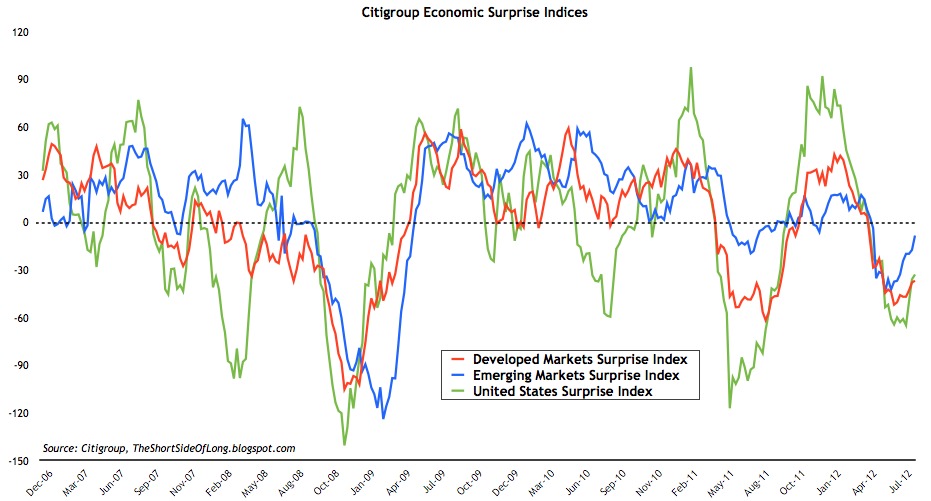 On June 9, the SEC released a comprehensive investor bulletin (.pdf) on reverse merger companies – private companies that merge with publicly-listed shell corporations to gain a listing on an American exchange. The SEC bulletin follows a series of fraud claims and trading halts on stocks of Chinese reverse merger companies. The document provides both helpful background on the structure of these companies and guidelines for investors considering investing in them.
On June 9, the SEC released a comprehensive investor bulletin (.pdf) on reverse merger companies – private companies that merge with publicly-listed shell corporations to gain a listing on an American exchange. The SEC bulletin follows a series of fraud claims and trading halts on stocks of Chinese reverse merger companies. The document provides both helpful background on the structure of these companies and guidelines for investors considering investing in them.
From the document, here’s the SEC’s explanation of how reverse merger companies are typically formed:
In a reverse merger transaction, an existing public “shell company,” which is a public reporting company with few or no operations, acquires a private operating company—usually one that is seeking access to funding in the U.S. capital markets. Typically, the shareholders of the private operating company exchange their shares for a large majority of the shares of the public company. Although the public shell company survives the merger, the private operating company’s shareholders gain a controlling interest in the voting power and outstanding shares of stock of the public shell company. Also typically, the private operating company’s management takes over the board of directors and management of the public shell company. The assets and business operations of the post-merger surviving public company are primarily, if not solely, those of the former private operating company.
Covestor managers who held stocks of Chinese reverse merger companies commented in the following posts:
- Mark Holder: “Puda Coal hit by fraud allegations” (4/17/11) ; “Chinese reverse merger stocks drag on my performance” (5/24/11)
- Bill Smith: “Puda Coal and my quantitative models” (4/20/11) ; “Why I sell, buy and overweight a sector” (5/9/11)
- Hengfu Hsu: “Chinese reverse merger stocks are like Financials in 2008” (4/14/11)
On the Covestor platform, some managers (including those above) have taken positions in reverse merger stocks that were mirrored by subscribed clients. Subsequently, some of these stocks have been suspended while both managers and clients were holding them. This means managers and clients cannot reduce or close these positions.
For clients who wish to redeem from these models, we are able to redeem from all subscribed positions except any suspended stock held, which will continue to show up in the client’s “All Holdings” view at this time. When these stocks are available to trade again, we will sell the positions for any clients who had previously requested to redeem. In the meantime, clients are not billed Covestor management fees on the amount tied up in the suspended shares they wish to redeem.
For clients who subscribe to models that currently hold these suspended stocks, we will be unable to take a position in any suspended security until such time as its suspension ends.
As always, Covestor clients may only subscribe to models with a risk score equal to or lower than their own. See more about our risk scores.
Source:
“SEC Investor Bulletin: Reverse Mergers”, 6/9/11 http://sec.gov/investor/alerts/reversemergers.pdf




